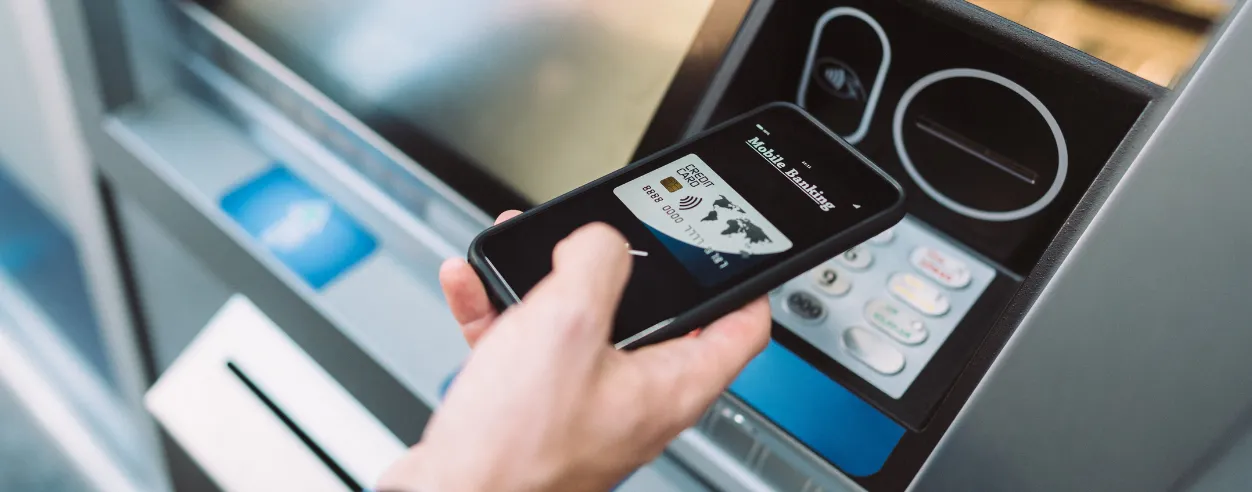Philippines – Following the current trend in financial technology, the latest survey from research company Capstone Intel highlighted the shift from traditional to digital banking transactions, with nine out of ten Filipinos embracing this change.
In this particular dataset, a significant percentage of Filipino consumers are now found to be using digital financing applications for their day-to-day transactions. This revealed that Gcash recorded the highest number of users, with an average of 94%, followed by PayMaya at 39% and ShopeePay at 26%.
Bank applications also trailed behind ShopeePay, securing 18% of the respondents, GrabPay with 8%, and other fintech applications with 5%. Meanwhile, only 2% of the 1,503 respondents stated they were not using banking applications.
As the survey revealed a growing popularity of digital financial transactions in the country, the obtained survey insights further revealed the need for the government to create a safer and more secure environment for such transactions.
Talking about the implied results of the survey, Ella Kristina Domingo-Coronel, research and publications director at Capstone-Intel, shared, “As we can see, even ‘sari-sari’ stores now have a digital financing option for their customers. This means that accessibility and availability are there. That’s why, even though these fintech applications are owned by the private sector, the national government has to enhance the country’s finance technology infrastructure, including the measures that safeguard consumers in order to ensure the safety of Filipinos.”
“While we see a considerable number of Filipinos using digital financing, we also observe several complaints about the inconvenience of online financing in the country, including the sluggish performance of these apps, its unending maintenance that burdens the consumers using online financing to pay their bills, and of course, the struggle with online scams,” she continued.
Furthermore, Ella emphasised the importance of normalising the utilisation of digital financing in several processes, be it for public or private transactions. Although the country has adopted online financing in specific processes, she further explained that it is vital to foster universal acceptance of the current state of financial technology across all demographics in the country.
“I would say that we still have to promote the utilisation of digital financing in the Philippines in order to weaken the negative outlook of the public about this option and normalise the usage of these fintech applications for us to amplify public confidence in digital financing,” highlighted Ella.
“It was deemed possible by the pandemic for the Philippines to upgrade their banking processes; that’s why now that we are back to the usual setting, it is high time that we capitalise on this because not only does it save the time of the consumers, but the digital era is already here and we have to keep up with the demands of the changing financial and economic environment,” she ended.









